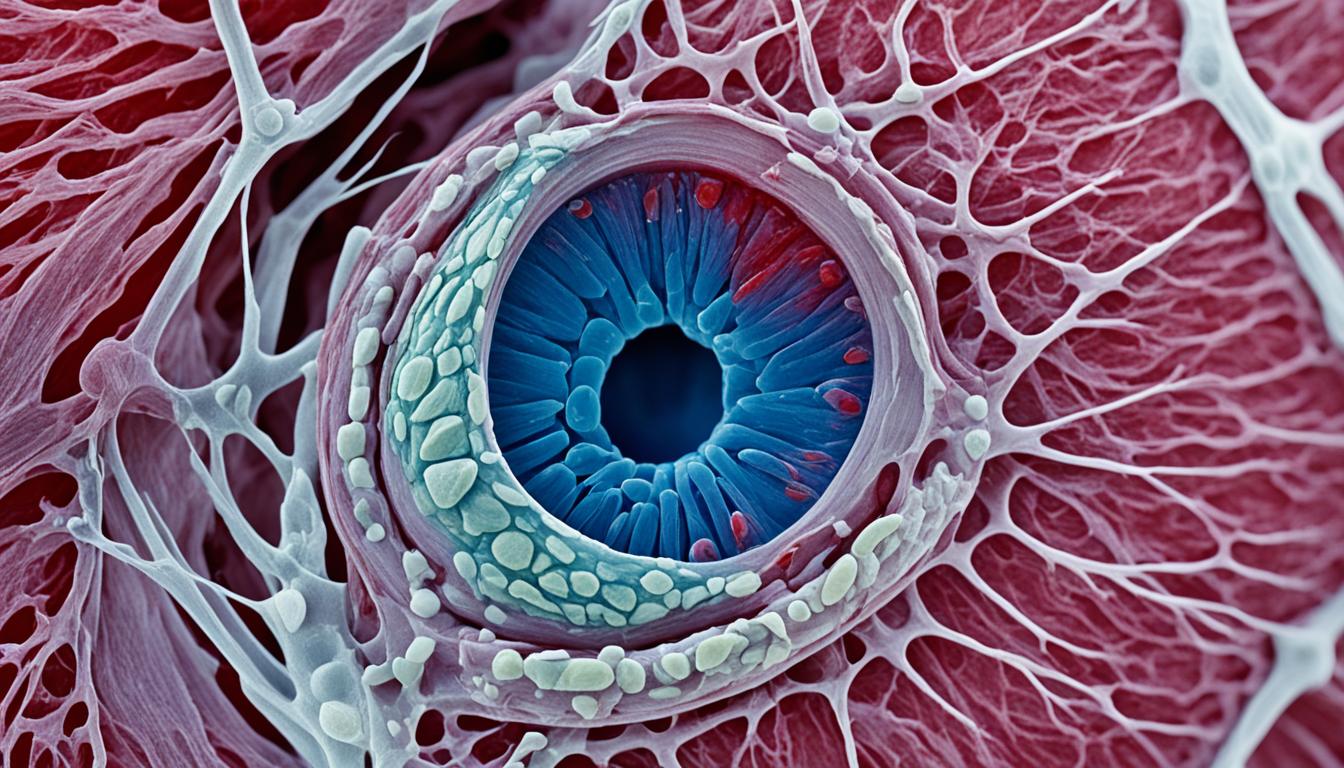Muscle strains happen a lot in sports. They are injuries caused by too much force on a muscle. This tears the muscle tissue. There are three grades of muscle strains, with Grade 3 being the most severe. Severe strains can completely tear the muscle or tendon.
The signs of a muscle strain are sharp pain, swelling, and weakness. You might also have trouble moving that muscle and see some bruising. To diagnose a muscle strain, a doctor will ask about your health and check the injured area. Sometimes, they’ll order X-rays or MRIs to see the damage better.
If you get a muscle strain, you have a few treatment options. Rest, apply ice, use compression, and elevate the hurt area (also known as RICE). Doctors might also suggest NSAIDs to reduce pain and swelling, or physical therapy. In really bad cases, you might need surgery or PRP therapy to heal faster. It’s crucial to wait until you’re fully recovered before returning to sports. This way, you can avoid hurting yourself again.
Key Takeaways:
- Muscle strains are common in sports and happen when a muscle is overused or injured.
- They are split into three grades based on how serious they are.
- Common signs are sudden pain, swelling, weak muscle, and difficulty moving it.
- Doctors diagnose muscle strains with a health history, checking the body, and sometimes using special tests.
- Treating them involves resting, using NSAIDs, and in some cases, having surgery or PRP therapy.
Types of Muscle Strain and Their Treatment Options
Muscle strains are often divided into three grades by their severity. Grade 1 means there is minor damage to muscle fibers. Grade 2 involves more fibers and damage, but no complete tear. Grade 3 is when the muscle or tendon tears fully.
Dealing with these strains varies based on how bad they are. A Grade 1 strain might only need the RICE method and painkillers. RICE stands for rest, ice, compression, and elevation. It helps the muscle heal faster.
For worse strains, like Grade 2 or 3, you might need more help to heal. If it’s Grade 3, surgery could be necessary to fix the tear. Another option is PRP therapy. This takes platelets from your blood and puts them back into the damaged muscle. It helps heal the tissue faster.
After a muscle strain, resting and slowly getting back to being active is key to avoid more damage. You might also do physical therapy to get stronger, more flexible, and move better.
Choosing how to treat a muscle strain depends on its seriousness and the person. Always talk to a doctor to figure out the best way to care for the injury and get better.
Advances in Stem Cell Therapy for Muscle Strains
Stem cell therapy, especially PRP therapy, is a new hope for treating muscle strains. It uses the patient’s own blood to heal. This method is made up of concentrated platelets that have growth factors. These factors help damaged muscle tissue heal.
Studies have found that PRP therapy can lower pain and improve how well joints work in people with muscle strains. It’s a less painful choice compared to surgery. But, we still need more research to know just how good stem cell therapy is for muscle strains.
The time it takes to heal from a muscle strain can change based on how bad the injury is and what treatment is used. Talking to a doctor is very important to figure out the best plan. They can give advice and make a treatment that’s right for you. Stem cell therapy might be part of that plan.

